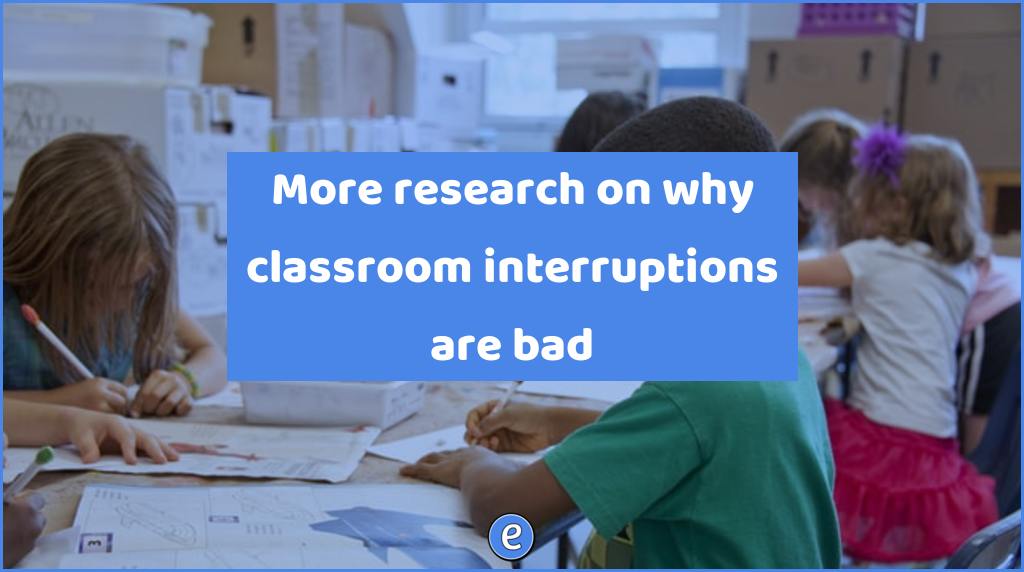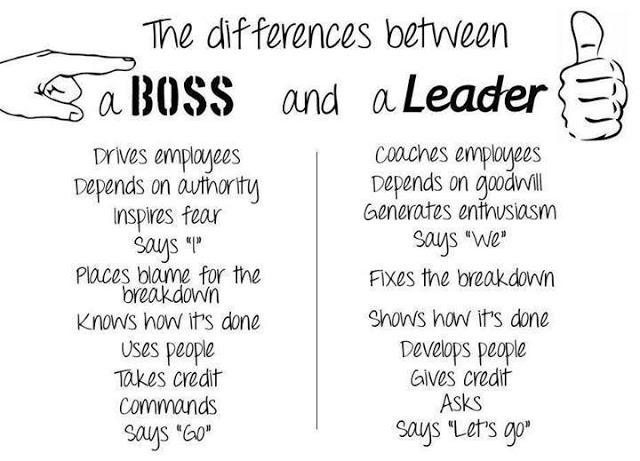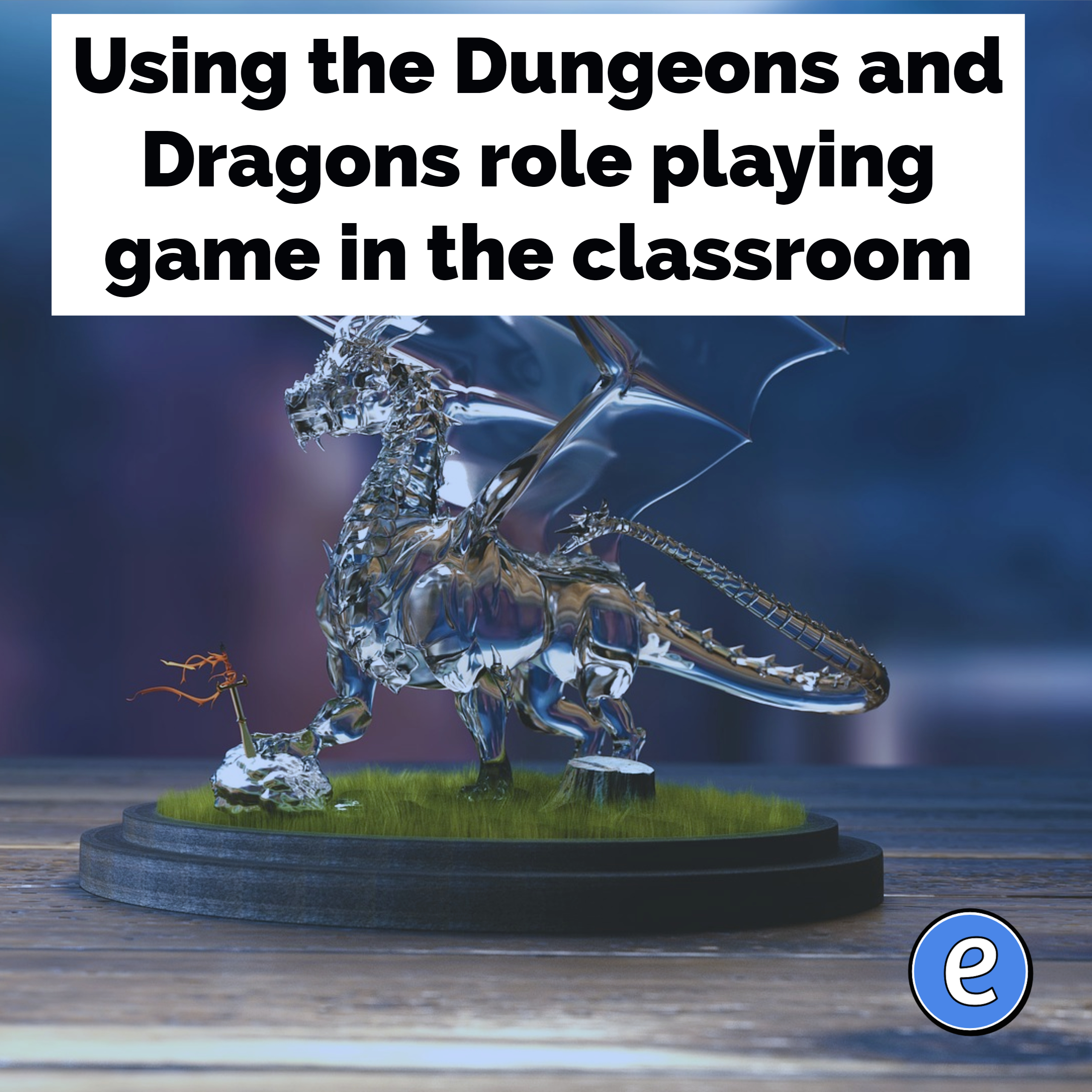More research on why classroom interruptions are bad
We found that in schools where interruptions were more frequent, teachers were more likely to report that interruptions were detrimental to learning. In schools that averaged at least 15 interruptions per day, according to teachers’ reports on our survey, more than 59 percent of teachers reported that interruptions at least somewhat interfered with instruction. And roughly half of all the interruptions in classes we observed resulted in a subsequent disruption to learning; generally, students went off-task and a teacher had to refocus their attention before resuming the lesson.
Source: The Hidden Cost of Classroom Interruptions – Educational Leadership
Via: Study Finds What All Teachers Know – Interrupting Class Is Bad For Everybody! | Larry Ferlazzo’s Websites of the Day…
Interruptions are terrible, and here is more research to prove it. Some of the interruptions are systemic in nature, such as announcements. These would require a top-down approach. Others, such as administrators and teachers interrupting the classroom, can be solved easier through discussions. Share this article and the ones I linked to at the start of this paragraph. Then work on a plan with your fellow teachers. One easy way is to use your classroom door. If it is closed, no one should enter unless it is an emergency. Some buildings require the door to be closed at all times. In those situations you can hang a reversible sign on the door to reflect the status of the classroom (“Come on in!” or “Please wait until the end of the period to enter” for example).
Minimizing interruptions are an easy and cheap way to help your students!
As a technology coordinator, I never interrupt a class if the classroom door is closed unless it is an emergency.





